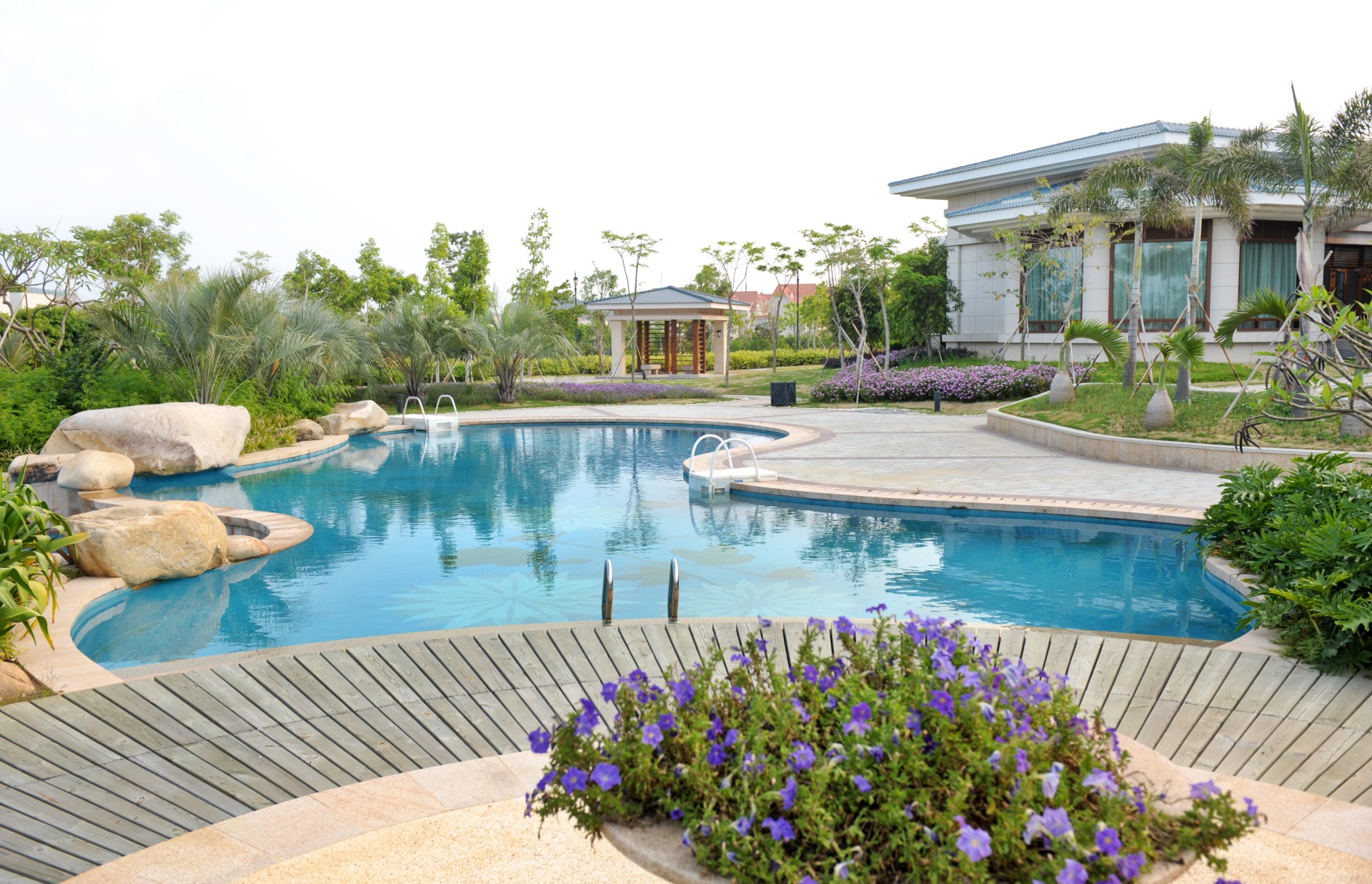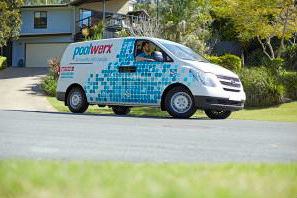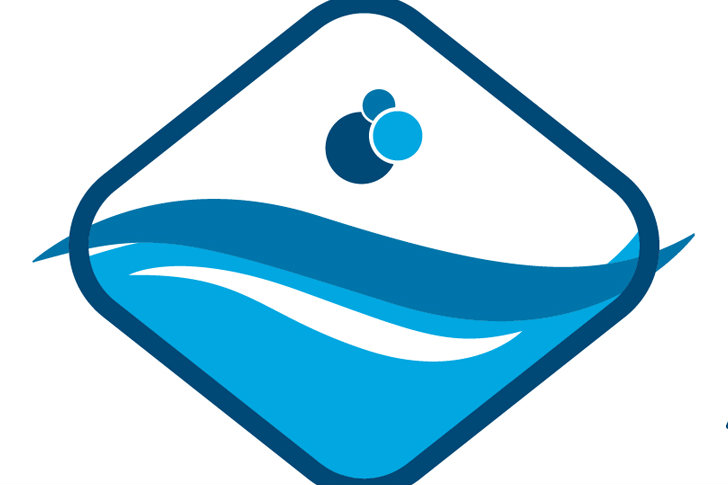As prices continue to rise dramatically and inflation sets in, some in the pool and spa industry are beginning to detect the impact, while others wait for evidence.
And while, since the pandemic rush began, professionals have anticipated some kind of drop in activity as things normalized, it’s still difficult to project when and how that will happen, as reports differ on sales activity.
Some, such as industry buying group Carecraft, report that builders are beginning to see a slowdown from the historic lead generation brought on by the pandemic.
“What we’re hearing is that the lead flow for new pools has slowed to pretty much pre-COVID levels,” said Greg Howard, CEO of the Carlsbad, Calif.-based organization. “If somebody was getting two leads per week before COVID, it might have jumped to 10 during COVID … Today the lead flow is back to kind of a normal level.”
Not surprisingly, lead slowdowns have been reported more among lower- to mid-range builders, though some say their leads are still brisk. High-end clients, meanwhile, are less affected for the moment, with builders who serve this market receiving virtually the same influx of leads as before.
The lead reduction provides a fair amount of relief for some builders, Howard said, because now they can follow up with every prospect and show the amount of attention they were accustomed to before the rapid rise in activity. Additionally, the quality of leads has gone up significantly from early COVID days, when builders heard from plenty of tire-kickers.
Some builders have even reported that subcontractors have called with openings to fill. “This is probably the first week in a while where my excavator called and said ‘We have a couple openings next week that I don’t have filled,’” said Rick Chafey, co-owner and founder of Red Rock Pools & Spas, in Chandler, Ariz.
In the Phoenix area, permits were down about 25% overall, he added.
For the most part, builders and industry observers haven’t heard of homeowners being priced out of the market. Consumers are not scared away by price for the time being, especially with home values having increased significantly, Howard said.
But some do expect customers to drop off due to price soon. Paul Porter of franchise builder Premier Pools expects the market to soften this year. He believes some homeowners will be priced out of the market as he sees average pools costing more than $85,000.
Though leads from his high-end market haven’t slowed down for him, Chafey expects it to happen soon.
“I haven’t really priced anybody out of the market completely, but I feel there are some that are probably in our workflow that are going to come up and probably have to [drop out] at some point,” he said.
On the service side, many of Carecraft’s members have been raising prices to account for their own cost increases, with little to no pushback or lost accounts, Howard said.
But management with National Pool Partners, one of the companies consolidating the service sector in the Sunbelt states, is concerned that inflation will take a heavy toll on an unprepared industry. It has begun to track the effects of inflation by studying data from the more than 17 companies it has acquired since its founding last year.
Based on this data, the firm believes that inflation is affecting the pool and spa industry disproportionately.
“Where people were talking about 7% to 8% year-over-year inflation, we’re looking at our data and seeing [industry] inflation that’s much higher than that,” said NPP CEO Augusto Titarelli. “Overall [pool/spa industry] inflation, depending on what you look like, is probably ranging between 25% to 35%.”
A 25% rate of inflation can result in a reduction in cash flow of up to 80% for small companies, Titarelli said. So he believes pool/spa service firms need to begin taking measures now, such as raising the prices they charge their customers. NPP has already done that.
Many wonder if the industry is slowing down more than professionals realize, an oversight by company owners and managers too busy just trying to manage the still-plentiful backlog.
Some observers are watching factors outside the industry to indicate how it will fare, especially on the construction side. Travel is one: As things continue to open, more people likely will want to vacation away from home, said Russ Michel, a business insight consultant with market research firm PK Data in Alpharetta, Ga.
“The big issue is how fast and how deep cabin fever sets in,” he said. “People just reach a point where they want to get out, they want to go away.”
Perhaps a more important indicator is home sales. In that area, things are starting a downward trend. Last month, the National Association of Home Builders/Wells Fargo Housing Market Index showed a two point drop from 79 to 77. The Index measures builder confidence in the market for new single-family homes. This was the fourth month the figure declined, with professionals citing rapidly rising interest rates, home price increases and higher construction costs.
Additionally, NAHB’s chief economist stated that he expects a slowdown in growth this year. And the National Association of Realtors reported a 2.7% decrease in sales of existing homes in March, and a 4.5% drop from the same time last year.
But for many, this represents a right-sizing.



